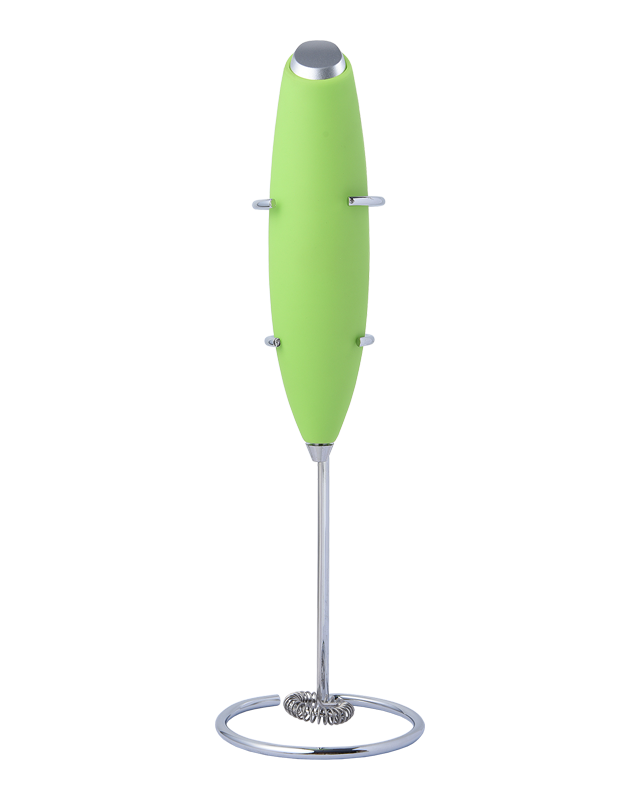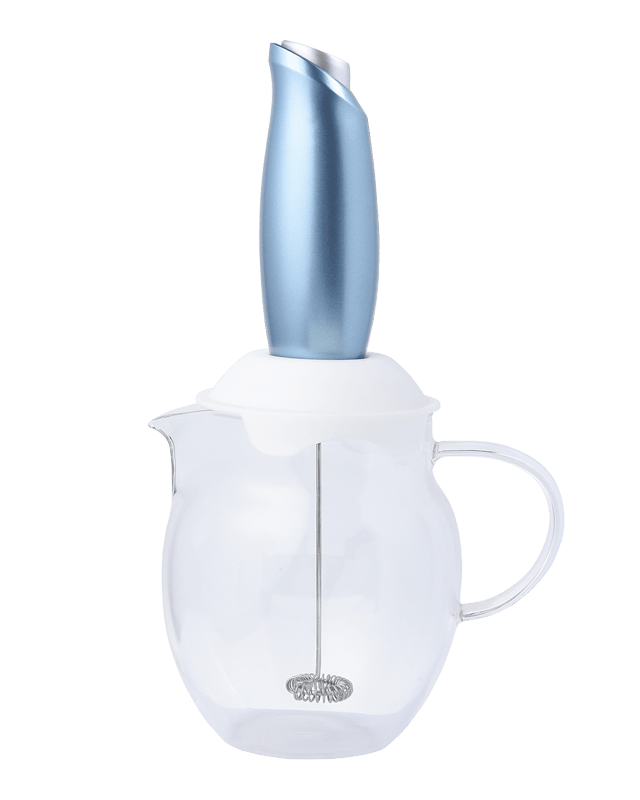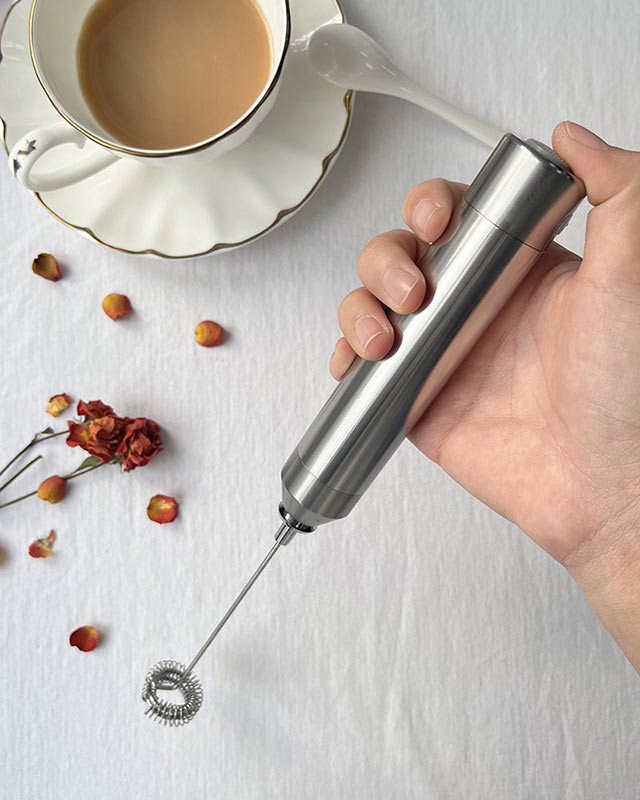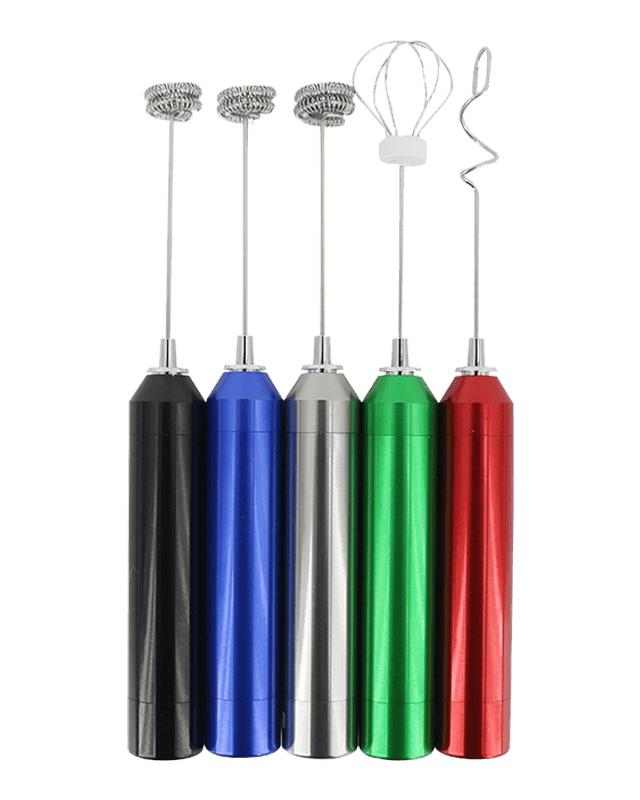Frothing Speed: The motor power in a Rechargeable Milk Frother significantly affects how quickly the tool can froth milk. A more powerful motor increases the speed at which the frothing whisk rotates, which means the device can incorporate air into the milk much faster. This results in a quicker frothing process, allowing the user to create foam in a matter of seconds rather than minutes. A faster frothing speed is particularly beneficial for users who need to prepare multiple servings in a short amount of time, such as in a busy household or café setting. With higher motor power, users can achieve the desired froth without long waiting times, enhancing overall convenience.
Efficiency in Froth Formation: Motor power also plays a significant role in the efficiency of froth formation. A high-powered motor is able to generate sufficient force to break down the proteins in milk more effectively, producing a fine and stable foam. When frothing, the whisk or frothing attachment works to agitate the milk at a high speed, trapping air and creating bubbles. A more powerful motor ensures that this process is completed efficiently, yielding a smooth, creamy texture. This is particularly important for achieving the type of froth that is sought after for drinks like cappuccinos or lattes, where the consistency and richness of the foam are essential. Lower-powered motors may take longer or produce less dense foam, impacting the overall quality.
Consistency of Frothing: Another key impact of motor power is the consistency of the froth produced. A powerful motor ensures a consistent frothing process by maintaining a steady speed and force. This uniformity is crucial in ensuring that the foam is evenly textured and that no part of the froth is underdeveloped. With a lower-powered motor, the frothing process may be inconsistent, and the foam may vary in texture. For example, weaker motors can struggle to keep up with the required agitation, leading to incomplete froth or air pockets in the foam. A strong motor, on the other hand, maintains a consistent frothing speed, creating stable and smooth foam with minimal effort.
Handling Thick or Dense Milk: The motor power is particularly important when working with denser liquids or various milk alternatives. For example, whole milk, plant-based milks (like oat, almond, or soy), and thicker creams can be more challenging to froth due to their viscosity. A high-powered motor can easily handle these thicker liquids, creating rich, dense froth without hesitation. This is particularly valuable for users who prefer non-dairy milk alternatives, which often require more power to achieve the same level of frothiness as cow’s milk. A less powerful motor, however, might struggle with these milk types, either failing to froth them completely or taking significantly longer, which can be frustrating for users.
Battery Drain and Power Consumption: One downside of higher motor power is that it can lead to increased battery drain and faster depletion of charge. A motor that operates at a higher capacity requires more energy from the battery, meaning users may find themselves needing to recharge more frequently, especially if they use the frother for multiple servings in a row. While a high-powered motor provides faster and more efficient frothing, the trade-off is the impact on battery life. It is important to consider the battery capacity of the Rechargeable Milk Frother and its expected operating time per charge to ensure that it aligns with the user’s needs. Some models may offer longer battery life, but this is generally a consideration when opting for more powerful motors.



 English
English
 Français
Français
 Español
Español
 Deutsch
Deutsch
 日本語
日本語





























